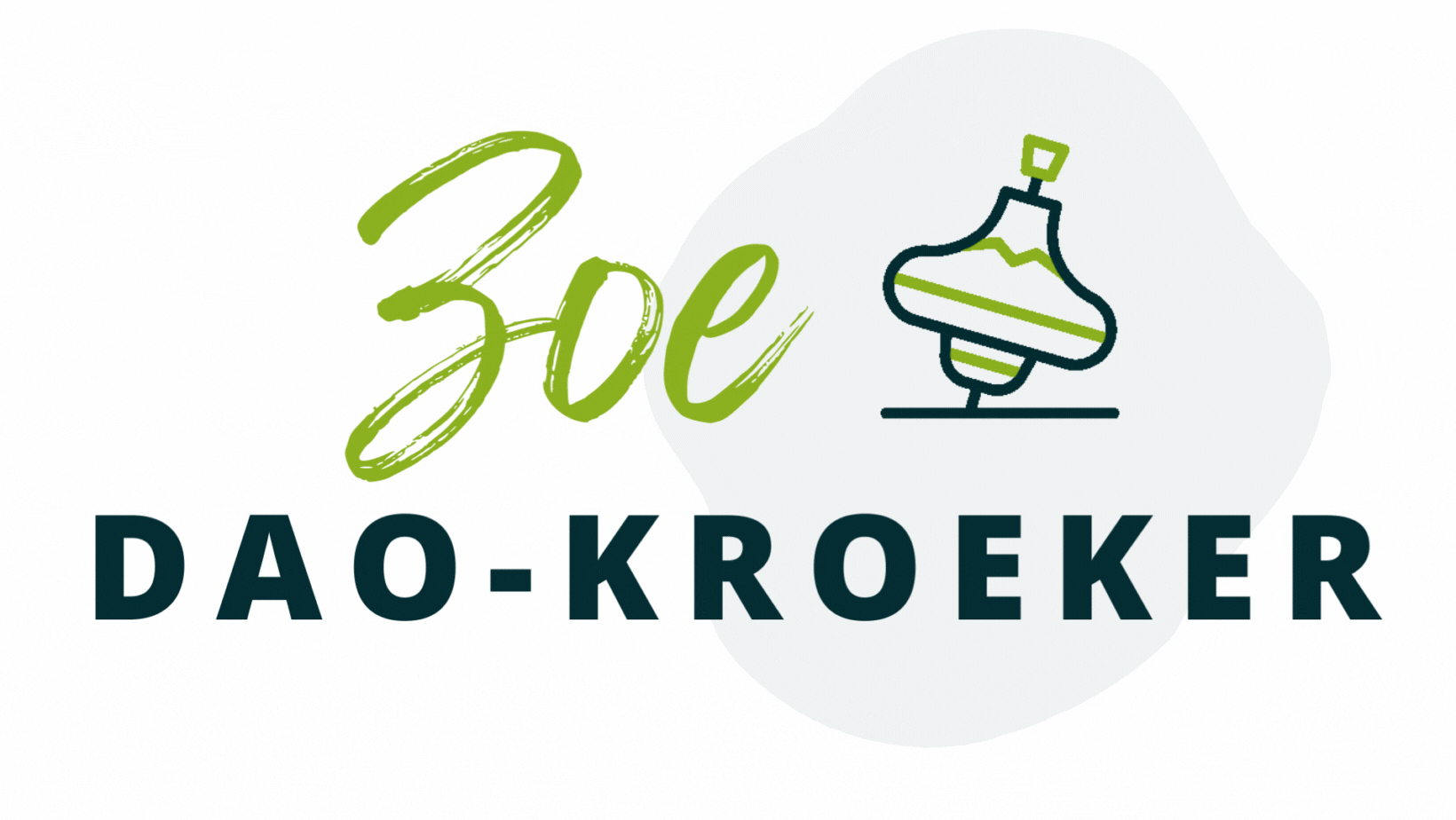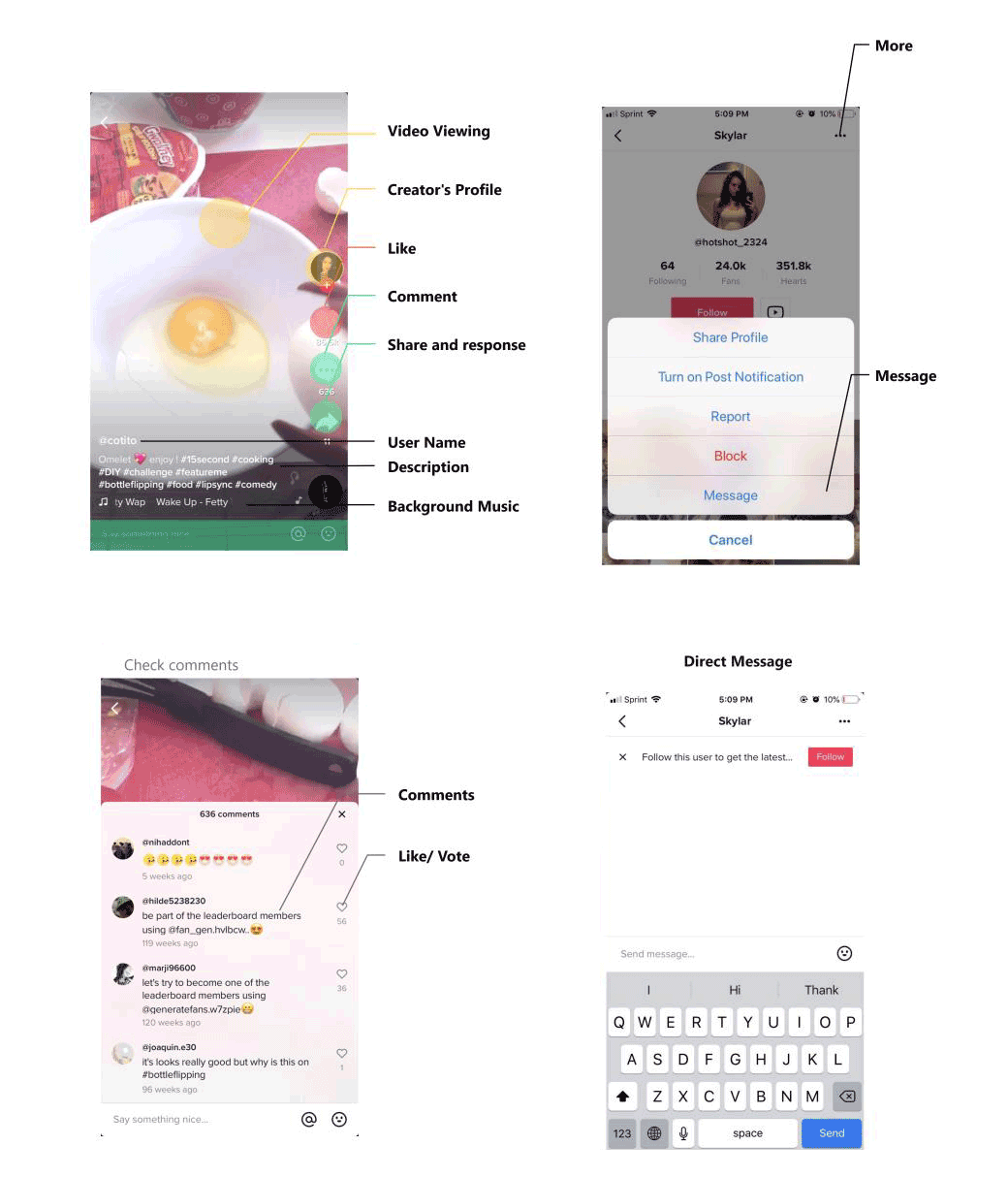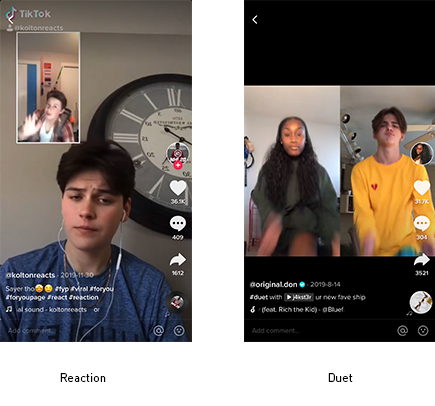As a youth worker for the past 8 years running programs for young adults, one recent interaction that has really stuck with me was with a teenage girl named Lily. I have known Lily for a few years, and have watched her grow up as she would come almost every week to my programs. Something I have noticed about her is that she usually keeps to herself, sitting off to the side and living in her own world. The only time she would talk to other people was with me or the other staff, never really to the other kids in the program. This past year she got a phone and seemed to be constantly smiling and laughing while filming herself. One day Lily had her phone propped up against the wall and was dancing with her headphones in. Curious, I went over and asked what she was doing. She told me she was making a Tik Tok video with one of her friends. As I looked closer I saw that she was following along to a dance with another person on her phone. I asked what it was and she showed me several videos she had made with other teens where she was recreating funny dances and skits. She was using the tools on the platform to join in on others peoples videos, shocking me to discover that she had been so social. I had never seen her spend time with any other youth in the program, but she showed me that she was using this platform to connect with others in her own way. Lily was using Tik Tok as a tool to socialize and it made me happy to see her building those friendships with her peers. This got me thinking, do the tools on Tik Tok help teens connect with others? Is it creating a new form of engagement between youth that is not demonstrated on other platforms? For adolescents similar to Lily, I believe that the interaction tools on Tik Tok motivate them to create content with their peers in a way that has a positive impact on how they build social relationships compared to other platforms such as Instagram. Specifically I think that Tik Tok has a beneficial effect on how its users create collaborations online rather than desire the content they consume.
Social Interactions on Tik Tok
So how does Tik Tok work? TikTok is a mobile video creation and sharing application, formerly known as Musical.ly, primarily grasping the attention of young audiences. According to a survey done by Globalwebindex in 2019 it has become one of the most downloaded Apple iOS video apps, with youth ages 16 – 24 comprising half of the 500 million monthly users (GlobalwebIndex). It is a free social media app that allows to watch, create, and share videos. Users can record themselves lip-synching or dancing to popular music, create skits, and act out sound bites. Tik Tok’s most significant feature is its collaborative approach to creating content with others through the tools it uses to bring its users together. This is integrated through its social aspects such as viewing, commenting, liking, sharing, responding and messaging (Figure 1).
Figure 1: Understanding User Behaviors of Creative Practice on Short Video Sharing Platforms – A Case Study of TikTok and Bilibili. (Electronic Thesis or Dissertation). Retrieved from https://etd.ohiolink.edu/
What makes the tools in the interface unique to other platforms is the way in which its users are encouraged to engage with others. This is shown within the multiple sharing options where the user can create a duet or reaction video response to the content they are watching. This works through the sharing icon directly presented within the interface of the video (Figure 2). Different from the traditional connotations of duets, on Tik Tok they are responses to other users’ videos that allow for accessible group participation directly within the platform. This is the same with reaction video responses, where the user can participate with another video by allowing the integration of the original video in the top left corner so that the user can respond to others content through creating their own.
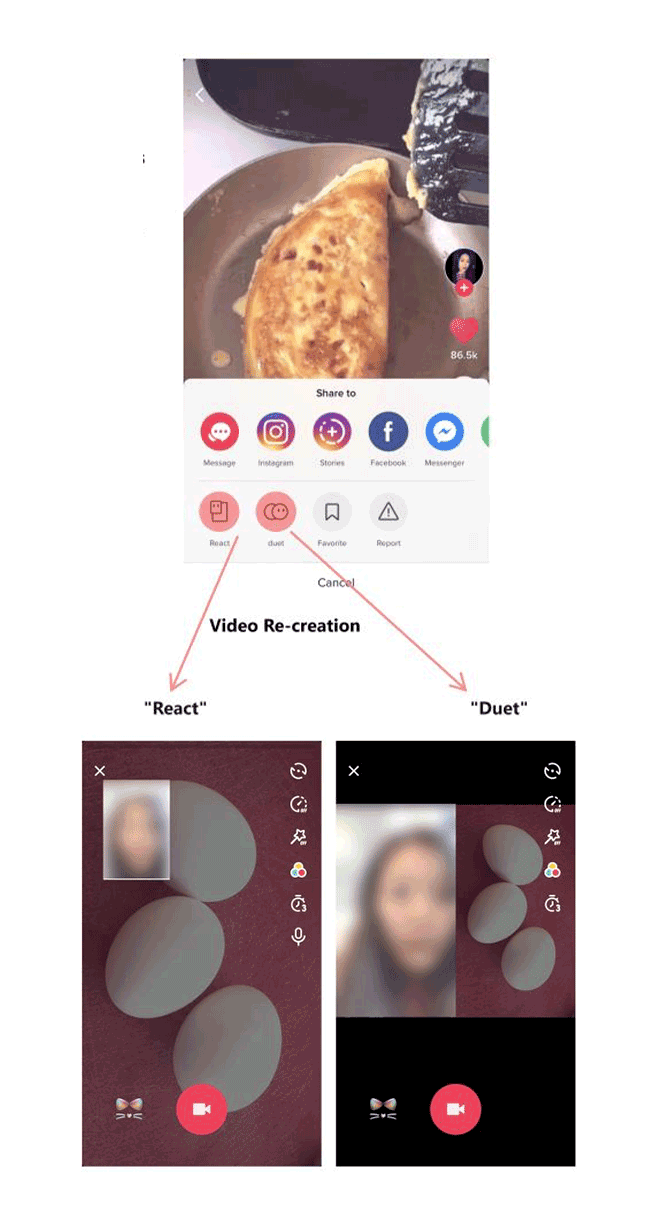 Figure 2: Understanding User Behaviors of Creative Practice on Short Video Sharing Platforms – A Case Study of TikTok and Bilibili. (Electronic Thesis or Dissertation). Retrieved from https://etd.ohiolink.edu/
Figure 2: Understanding User Behaviors of Creative Practice on Short Video Sharing Platforms – A Case Study of TikTok and Bilibili. (Electronic Thesis or Dissertation). Retrieved from https://etd.ohiolink.edu/
The use of these duet and reaction tools are presented in the forefront of the platform by the developers, encouraging users to collaborate in an accessible way. They facilitate these relationships between users through the tools they provide to promote a sense of connecting with others. This leads to the term Social Connectedness, as defined by Lee and Robbins (1995), which is considered as one of the most important social needs for individuals at a developing age to form and maintain relationships. It is a sense of belonging that individuals feel towards their peers and society and is derived from the relationship one has with experiences in their surroundings (Hagerty et al., 1996). Tik Tok uses its tools to address this term by creating a sense of community, making them feel as though they play an integral role in the creation of the experience. The reaction and duet tool allow the user to collaborate with the content by making their own video in response, building a relationship with someone rather than just staring at what they are being shown. The ability to collaborate with others, and have others collaborate with you, fosters this sense of community by sharing and creating a connection with someone else, using the tools help develop relationships with others within the platform.
How Digital Interaction Tools Build Relationships
Tik Tok sets itself apart from other platforms such as Instagram through the way it presents its digital interactions to facilitate how youth feel connected. This is demonstrated through the development of relationships between users. How these relationships are built can be analyzed by looking at a study of semi-structured interviews with adolescents between the ages of 12 and 18 years undertaken in Australia (February– June 2014), and Korea (June 2014) by Sora Park (2017). These studies revealed that there is a close connection between how users connect with others online and their feelings offline. One participant from the interviews stated, “when online, you can’t see anything except for what is posted, so you have to think carefully about what the person means, whereas offline you can see the person’s expressions — you feel like you belong when you talk face-to-face” (Park, 2018, p. 440). Park discovered from these interviews that the participants questioned the realities being presented to them online, considering the authenticity of digital social interaction (Park, 2018, p. 440). This study shows that determining what a person means online requires a deeper connection with the content.
Looking at Tik Tok, its social interactions tools encourage collaboration with others through its reaction videos created in a face to face format (Figure 3). The user can see the person they are reacting to by looking at them directly within the interface, making this interaction feel more personal. This suggests interconnectedness by forging a direct connection with the audience’s emotions, presenting the creator as operating simultaneously to the viewer, creating a deeper relationship. The tools provided to make these reactions are a part of how the content is collaborated with, In return allowing for an authentic feeling by showcasing the users as a part of what they are consuming, rather than desiring it.
Figure 3: Screenshots of user koltonreacts demonstrating a reaction/duet video where both users are looking at each others faces when creating the video on Tik Tok.
In Contrast, the digital interaction tools on Instagram provide a more one sided exchange, motivating users to praise what they see rather than connecting to it personally. This can be demonstrated in the quick reactions feature on Instagram stories (Figure 4). The user can swipe up on another users story and choose to send them different emotional responses in the form of emoji’s, sending the person on the receiving end a message with an animated response. Unlike Tik Tok, this reaction feature is influenced by instagrams suggested responses, driving the collaboration to be based on the feelings one has towards another users content. The interaction is impersonal and does not demonstrate an authentic feeling, being in a digital format rather than face to face with someone. A deeper relationship cannot exist without a personal connection between users, which is built through feeling like how one interacts is genuine.
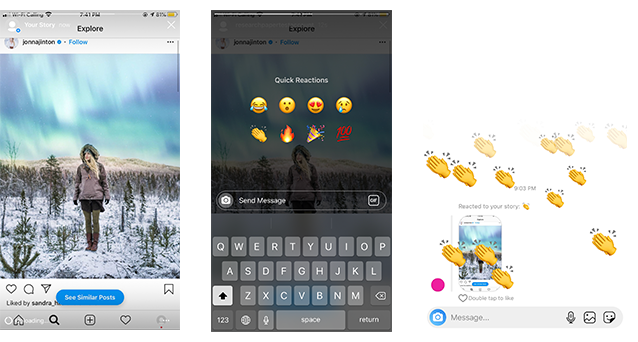 Figure 4: Diagram showcasing quick reactions on Instagram stories and how they appear when received by another user.
Figure 4: Diagram showcasing quick reactions on Instagram stories and how they appear when received by another user.
Creating a Positive Influence on the Impression of Self
An authentic connection with the content is built on the relationship between the users feelings towards what they are consuming. Comparing Instagram and Tik Tok, the tools used to the create content on each platform has an impact on how the users represent themselves. Looking at a theory developed by social psychologist Shelley Duval from the American Psychological Association of objective self-awareness, it suggests that any stimulus causing the self to become the object (instead of the subject) of the consciousness will lead to a diminished impression of the self (Duval, 1972). This relates to both social platforms, by how the desire for the content one sees makes it an object, where as the ability to be a part of the content makes one the subject. Tik Tok argues this through promoting the creation of not something the user wants, rather, something they have easy access to be a part of. This is presented in a form that expresses the content as easily achievable or relatable.
To illustrate this point I accumulated screen captures from the explore page on Instagram and compared it to the discover page on Tik Tok (Figure 5). Both pages present popular content to its users and change every time it is refreshed. Six different thumbnails of short videos within their respective platforms were captured via accounts made with no previous user data or bias. On Instagram the thumbnails appeared well thought out, edited and crafted at a higher performance. In comparison Tik Tok’s discovery page showed content primarily of lower quality filmed on the user’s phone. Looking specifically at the second images circled on both platforms, Instagrams content is of a sunny crisp mountain that looks almost perfect, where as Tik Tok’s content is grocery items that anyone could have. The mountain expresses something to be wished for, such as a desired destination, making it an object of admiration. The grocery store items on the other hand express an everyday tasks which can be understood on a more personal level. This demonstrates how the more put together appearance of instagrams content can be seen as something desirable, where as Tik Tok is more about sharing something that is easily attainable. This proves that Tik Tok has a positive effect on the impression of one self by how the content is created by the users through the tools that the platform presents. The digital interactions are motivated by how the content is made, and the tools allow for it to create a connection between its users.
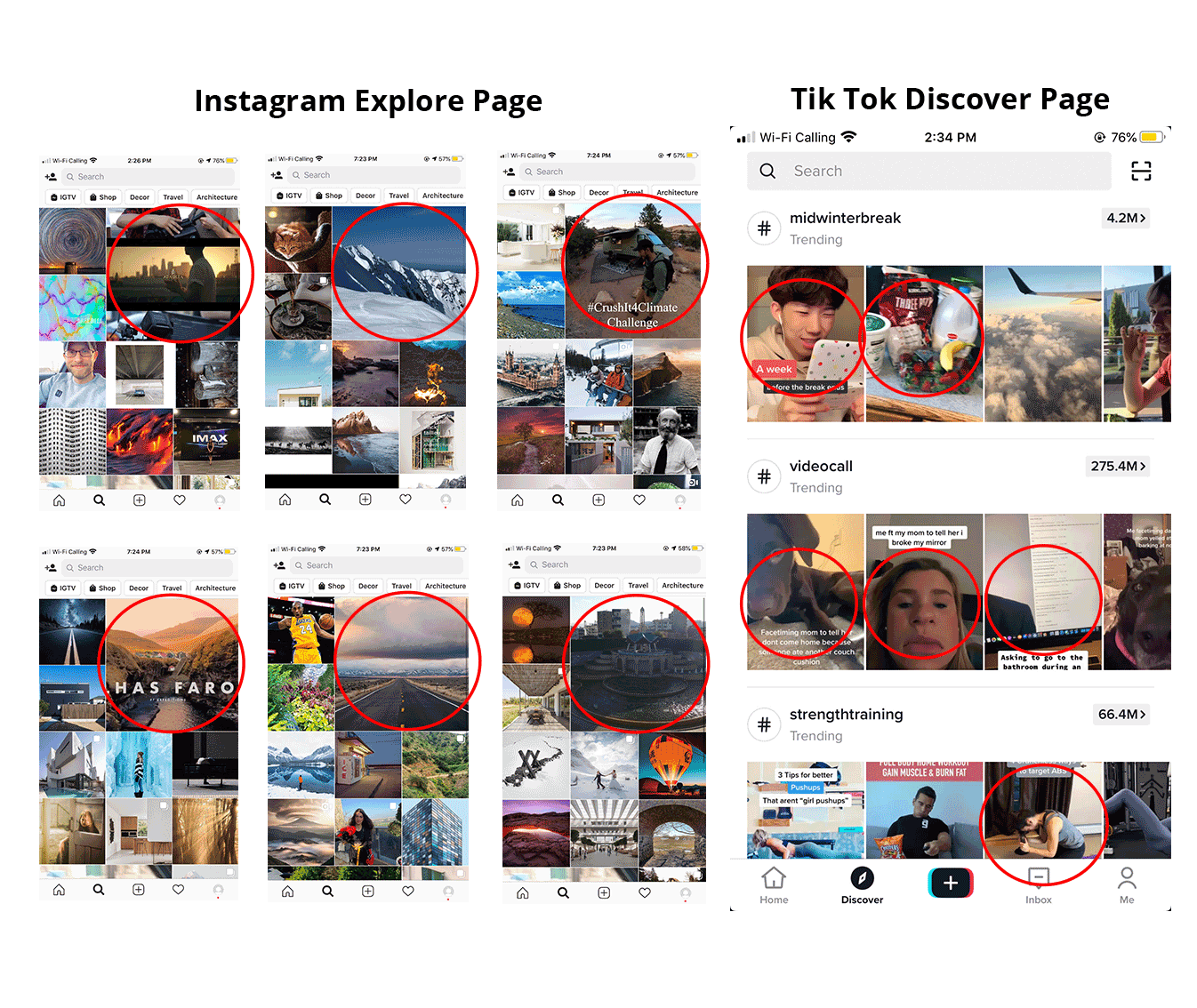 Figure 5: Diagram highlighting six different examples of popular video content thumbnails on Instagram and Tik Tok, six new refreshes from Instagram, and six different videos on Tik Tok.
Figure 5: Diagram highlighting six different examples of popular video content thumbnails on Instagram and Tik Tok, six new refreshes from Instagram, and six different videos on Tik Tok.
Changing How Social Platforms Approach Interaction Tools
The commonly argued perception by researchers such as Elisha F. Gross from the Children’s Digital Media Center and Department of Psychology at the University of California (2004) is that social media interactions among adolescents has a negative effect on the way adolescents interact with each other. It is described as causing social isolation and negative perception of self (p. 654). This concept can be argued by how Tik Tok facilitates positive interactions between adolescents through the tools It integrates into its platform. These tools connect them with each other to build authentic interactions through collaborating with content rather then a one sided judgment of it. This connection is demonstrated by how the content created on Tik Tok compared to Instagram by creating feelings within its users of being a part of an experience rather than perceiving it as an object. On Instagram this is shown through displaying something as desirable, which can have a negative affect on the perception of self. However, on Tik Tok the content is structured in a way for its users to relate to by becoming the subject, encouraging participation in creating and collaborating. Other social media platforms should follow Tik Tok as an example in changing how they approach their social interaction tools. I believe that this change could improve how adolescents interact online by creating collaborative content that has a positive impact on their online relationships. For someone like Lily, Tik Tok’s capabilities go a long way in helping her make friends through the way the tools are structured to build those interactions between the users.
References
BATEMAN, H. V., CORNELL, D. G., & MURRIE, D. C. (2003). Adolescent Peer Culture. In J. W. Guthrie (Ed.), Encyclopedia of Education (2nd ed., Vol. 1, pp. 45-56). New York, NY: Macmillan Reference USA. Retrieved from
https://link-gale-com.proxy.lib.sfu.ca/apps/doc/CX3403200027/GVRL? u=sfu_z39&sid=GVRL&xid=41467bc4
Duval, S., & Wicklund, R. A. (1972). A theory of objective self awareness. Academic Press.
Gross, E. (2004). Adolescent Internet Use: What We Expect, What Teens
Report. Journal of Applied Developmental Psychology: An International Lifespan Journal, 25(6), 633-649.
GlobalWebIndex. (2019). Social Media Trends 2020, Latest Trends & Statistics Report. Retrieved 2020, from
https://www.globalwebindex.com/reports/social
Hagerty, B. M., Williams, R. A., Coyne, J. C., & Early, M. R. (1996). Sense of belonging and indicators of social and psychological functioning. Archives of Psychiatric Nursing, 10(4), 235–244.
Lee, R. M., & Robbins, S. B. (1998). The relationship between social connectedness and anxiety, self-esteem, and social identity. Journal of Counseling Psychology, 45, 338–345.
Pantic, I. (2014). Online Social Networking and Mental Health. Cyberpsychology, Behavior, and Social Networking, 17(10), 652-657.
Sora Park; FOMO, Ephemerality, and Online Social Interactions among Young People. East Asian Science, Technology and Society 1 December 2018; 12 (4): 439–458. doi: https://doi-org.proxy.lib.sfu.ca/ 10.1215/18752160-7218675
Understanding User Behaviors of Creative Practice on Short Video Sharing Platforms – A Case Study of TikTok and Bilibili. (Electronic Thesis or Dissertation). Retrieved from https://etd.ohiolink.edu/
